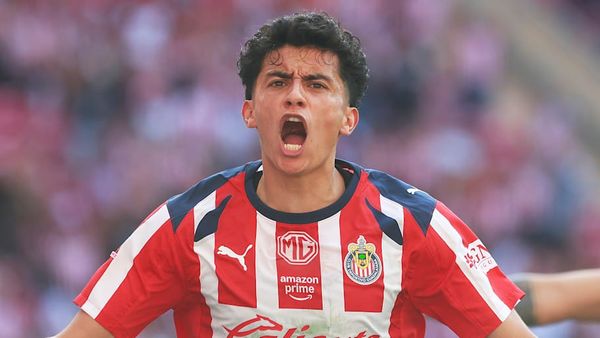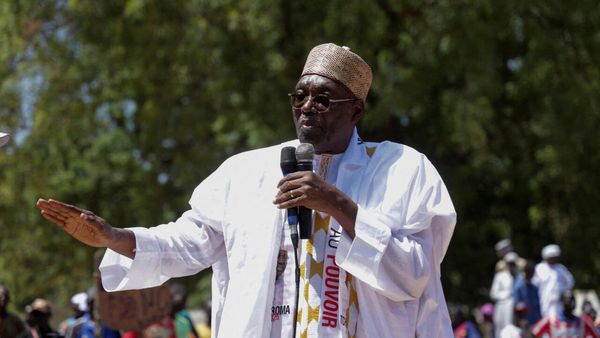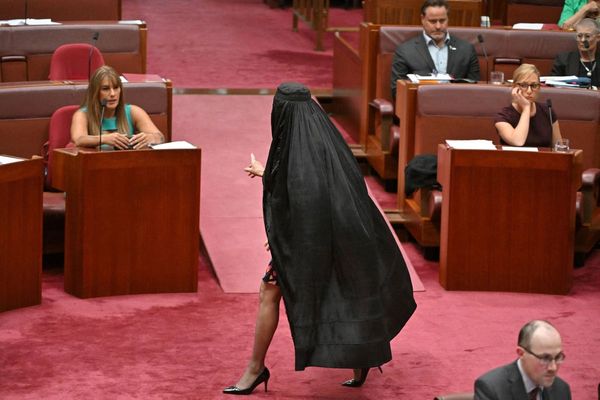
On the strength of a seventh-inning rally, the Red Sox stormed back to seize Game 1 of the American League wild-card series against the Yankees on Tuesday night. The seventh inning will largely be remembered for two things: Yankees manager Aaron Boone's decision to remove ace Max Fried from the game, which drew criticism, and reliever Luke Weaver's implosion.
But something else happened in that seventh inning, which flew a bit under the radar. With one out in the inning, Weaver walked Red Sox outfielder Ceddanne Rafaela, bringing second baseman Nick Sogard up to the plate. Sogard lined a 1-1 pitch to right center, then decided to make a critical decision.
"It kind of took a while to field it and it was Judge fielding it, and I just tried to challenge the arm in that spot," Sogard told Ian Browne of MLB.com.
The Red Sox are making some noise in the seventh as they have two runners in scoring position with one out pic.twitter.com/3hVhJb9EPc
— Talkin’ Baseball (@TalkinBaseball_) October 1, 2025
In a smart, but risky, baserunning move, Sogard pushed for second base and beat the throw from Judge, putting the go-ahead run in scoring position. His decision loomed large one batter later, when pinch hitter Masataka Yoshida lined a ball to center, scoring both Rafaela and Sogard, giving Boston a lead it would not relinquish.
Red Sox manager Alex Cora said that Sogard's decision to test Judge's arm boiled down to "preparation", according to Jorge Castillo of ESPN.
Judge missed 10 games during an injured list stint that began in late-July due to a flexor strain in his right elbow. The 2024 AL MVP returned to the lineup on Aug. 5, but as the designated hitter and was still in the midst of what was ultimately a six-week throwing rehab program.
During mid-August appearances on WFAN and the Talkin' Yanks podcast, Boone, in what may have been a Freudian slip, said he doubted that Judge would be able to get back to "throwing like he normally does at any point this year." Judge offered some healthy pushback and Boone later walked back the comments.
In Judge's first game back in right field on Sept. 5, the Blue Jays proceeded to test the Yankee captain's throwing arm—and the 6'7" slugger appeared unwilling to throw at full force. Judge went on to downplay any injury concerns after the game, but it became increasingly clear that he was either unable or unwilling to turn his arm loose as he had pre-injury.
Judge, whose throws from the outfield are regularly clocked in the 90-mph range, has made just two throws that have exceeded 80 mph since returning to the field. His throw to second base on Tuesday night? It registered at just 73.2 mph, according to Yes Network.
"Yeah I'm trying to get in there and make a play," Judge said when asked if that's how hard he can throw a ball right now. "I definitely don't want to overthrow it. He’s quick. He's pretty quick. He got in there and yeah, just trying to make a play."
Ultimately, Judge's compromised throwing arm became another Yankees weakness that the Red Sox were able to exploit in a postseason game, where the margins for error become razor thin. New York, on the brink of elimination, must win Game 2 on Wednesday night.
More MLB on Sports Illustrated
This article was originally published on www.si.com as How Red Sox Player's Calculated Risk vs. Aaron Judge Paid Off in Game 1 Win.







